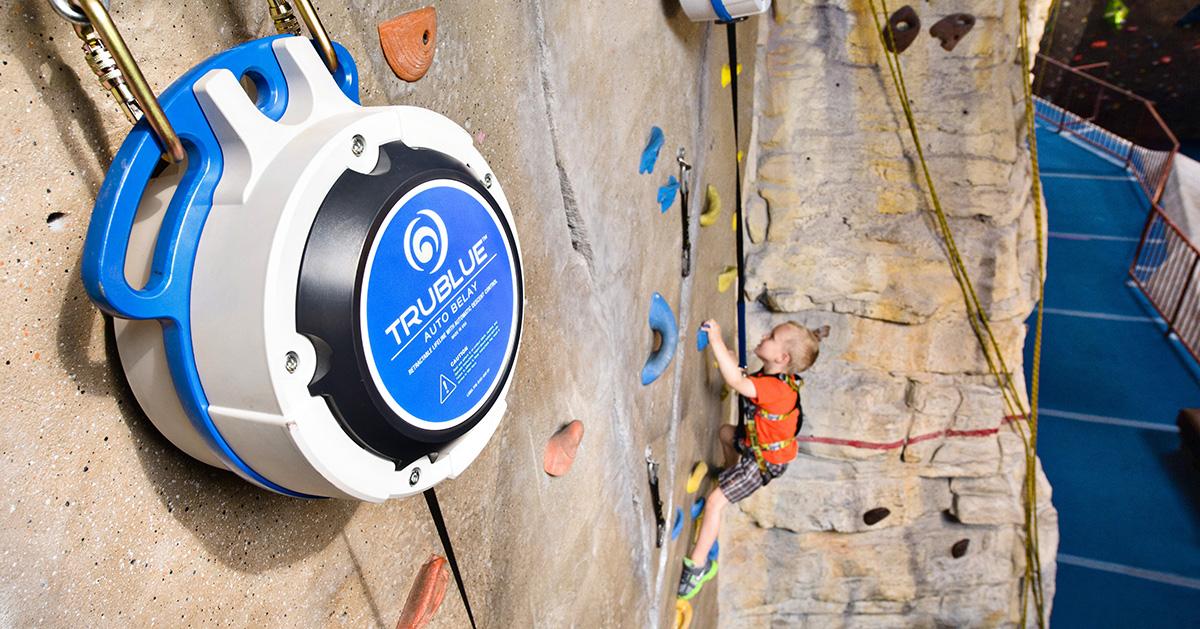
Have you ever gone to the gym by yourself, expecting to make a climbing partner, but to no avail? Perhaps you’re not in the mood to boulder, or you’ve decided to train by running laps up and down the wall.
If you couldn’t find someone to be your belay slave in the past, you would have been out of luck. The auto belay is a beneficial mechanism that many climbing gyms have introduced to let people climb without a belay partner.
Connect your belay loop to the free locking carabiner. Make sure the crab is secured, then unclip the second carabiner from the ground anchor and start climbing. Remember that you’re on your own and relying on the auto belay to work properly, so keep an eye out for any unusual or changing behavior from the equipment. Always clip to the anchor first, then unclip from your harness after you’re finished.
What Are Auto Belays and How Do They Work?
An automatic belay device (also known as an auto belay) picks up slack as you climb, eliminating the need for a ground belayer. The apparatus automatically captures the climber and lowers them to the ground when they reach the top or if they fall.
Isn’t it rather straightforward? But, you might wonder, how does it pick up the slack. What makes you think it won’t drop me if I fall?
Let’s take a closer look at the device’s mechanics to see how they function and why auto belays are a far safer alternative to free soloing than climbing alone.
What goes into making Auto Belays?
The internal mechanism and the exterior shell are the two primary components of an auto belay device.
The device’s simple outer shell is made out of a metal case for durability and an installation handle that secures it to the wall. The inner workings are likewise straightforward.
A lengthy nylon lanyard is wound securely around a spring-loaded center spool inside the gadget. Instead of tying into a standard climbing rope, you clip into this lanyard.
For ascension, most auto belays use the same technique, but the way of descent differs depending on the type of automatic belay system.
The lanyard is simply looped into the gadget as you climb by a retraction spring. For a regulated descent, however, two types of braking systems are used: magnetic and friction-based.
Magnetic Auto Belay Devices
Magnetic Auto Belay Devices are a type of magnetic belay device that is used to for braking purposes, one auto belay system uses magnets.
Consider the braking force you experienced on a roller coaster, train, or elevator; they all employ the same magnetic force to slow you down. Two huge magnets inside the gadget are linked to a rotor in the auto belay.
The force of the slack being drawn out of the gadget spins the rotor as the climber falls. As a result, the magnets are pushed away from the center of rotation. The magnets are pushed closer to a metal plate that wraps around the rotor’s circumference by the outward motion.

An electromagnetic force is created when the magnets move closer to the metal plate, slowing the rate of descent to a safe and pleasant speed.
The magnetic brake TRUBLUE auto belay system has a minimum and maximum weight of 22 and 330 pounds, respectively.
Due to the latency created by the magnets trying to rebound the slack, it is feasible to outclimb a TRUBLUE auto belay, although they are one of the most popular auto belay systems on the market today.
Auto Belay Devices with Friction (Centrifugal Force)
Friction brake devices, such as the one found in the Perfect Descent auto belay, use centrifugal force to reduce the climber’s descent.
“A sort of inertia that causes an outward push when an object rotates in a circle,” according to Wikipedia. Consider how your laundry is pushed to the machine’s outer walls during the spin cycle; the washing machine does this by centrifugal force.
Inside the gadget is a drum brake (similar to a parking brake in an automobile). As the climber descends, the lanyard wraps around the drum brake and uses centrifugal force to slow them down.
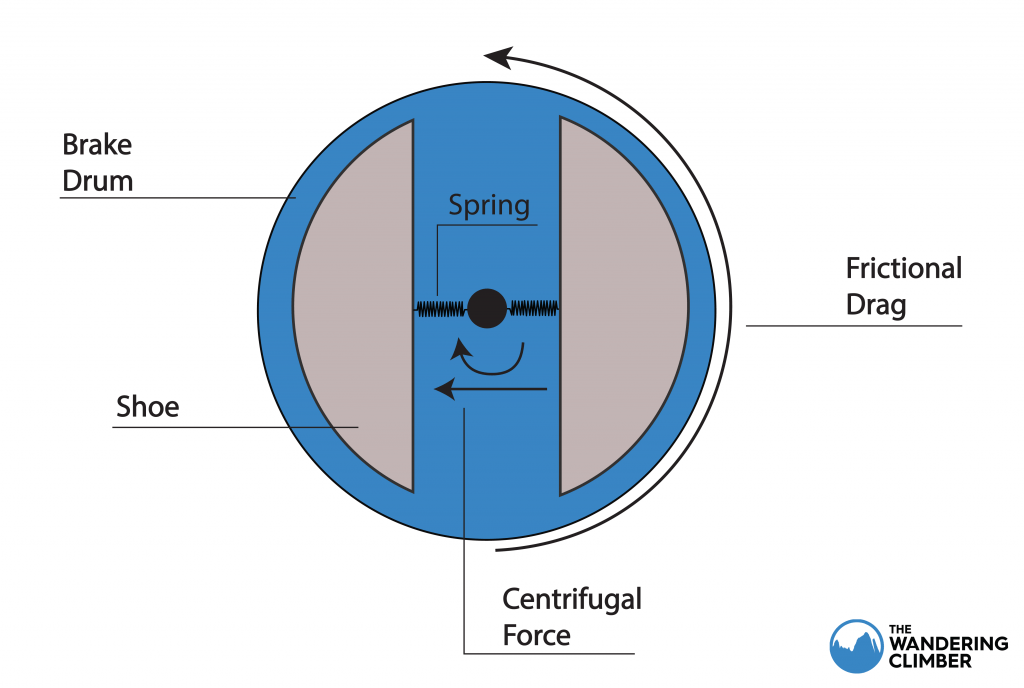
During a fall, your weight causes centrifugal force while the center spinning wheel (the drum brake) is engaged in the opposite direction.
Internal brake pads are pushed out against the braking drum by this force, reducing your descent to a safe and controlled speed. On the Perfect Descent auto belay system, the speed of descent is determined by the climber’s weight; the heavier you are, the faster you will descend.
How to Make Use of Automatic Belays
When utilizing an auto belay for the first (or 100th) time, the most important thing to remember is that you must clip into the lanyard and locking carabiner for the auto belay to work properly.
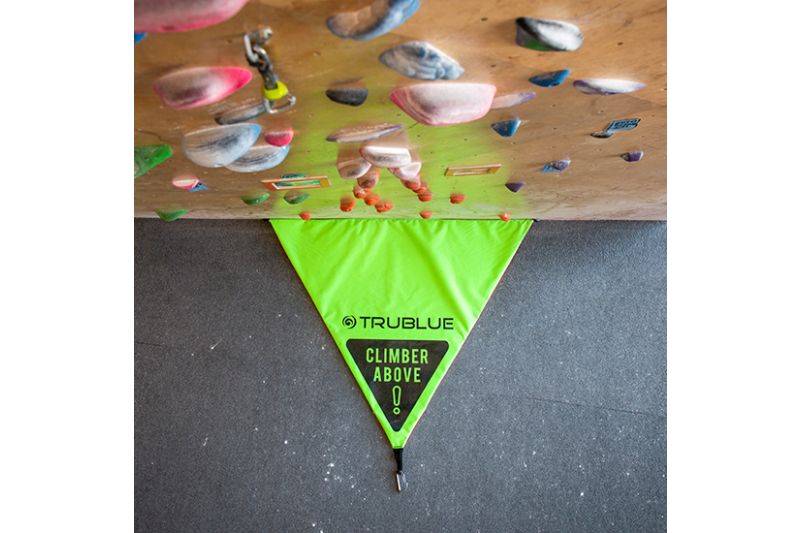
When it comes to employing auto belays, the largest risk is human error (this is also true for partner belays and climbing in general). Before unclipping the lanyard from the ground anchor, make sure you clip to your harness.
Because someone botched the clip to their harness and had already unclipped from the anchor, it’s typical to see an auto belay fully retracted.
To utilize an auto belay, clip the locking ‘biner at the end of the nylon lanyard into the belay loop on your harness to secure yourself to the gadget. Before unclipping from the ground anchor, be sure the carabiner is latched and securely linked to the loop.
Then unclip from the ground anchor and start ascending your preferred route. While these devices should be monitored and maintained, a low-level test fall isn’t a bad idea. Keep in mind that it’s just you and the auto belay, so be extra cautious.
Climb till you reach the top, or your personal limit, and then come to a halt. You can either downclimb the route to perfect your footwork or rely on the auto belay to keep your weight secure while you descend.
It can be intimidating to fall on an auto belay for the first time, but trust me when I say that it will catch you. All you have to do is let go of the wall with both hands and lightly leap away from it, putting your feet out like you’re sitting in a chair with your legs stretched.
From then, the auto belay takes over! Don’t be afraid; just keep climbing and descending with caution! While it shouldn’t happen, if you detect any strange behavior in the equipment, such as variations in decent speed or strange noises, please ask one of the staff members to investigate.
It’s your obligation, like with any piece of climbing equipment, to make sure you’re satisfied with everything and that it’s in good functioning order.
Why Should You Use Auto Belays?
Auto belays are a popular alternative to solo bouldering and unequaled training tools because of their versatility.
If no one is waiting for a turn, you can perform laps up and down the wall indefinitely with an auto belay. Laps, especially while you’re feeling amped, will enhance your endurance and general technique.
You can also use an auto belay to downclimb, which will help you improve your footwork. Downclimbing is a valuable ability to have as a climber, especially if you plan on climbing classic routes with little beta in the future and may need to downclimb.
Another good reason to utilize an auto belay is to climb slowly. Slowing down your pace on the wall lets you to concentrate more on your flaws and work to improve them as you go.
You can move as slowly as you want, grasping each hold for a few seconds to fine-tune your technique and move your feet as efficiently as possible. Climbing a simple route on an auto belay is also a good method to warm up before taking on more difficult gym assignments.
Auto belays also allow climbers who are new to leading to practice before tying in to the sharp end for real. By tying into a lead rope and the auto belay, you can practice clipping. As you climb, clip your lead rope to the auto belay, which will act as a backup lifeline if you fall.
Using an auto belay is a wonderful alternative for anyone looking to increase their training regimen or get into lead climbing without the fear of decking because it allows you to maximize your solo training time while relieving your partner of the drudgery of belay tasks.
Many decades ago, auto belays created expressly for rock climbing revolutionized indoor climbing, and they have only gotten safer and more efficient over time.
There’s no better way to climb on your own than with an auto belay system!
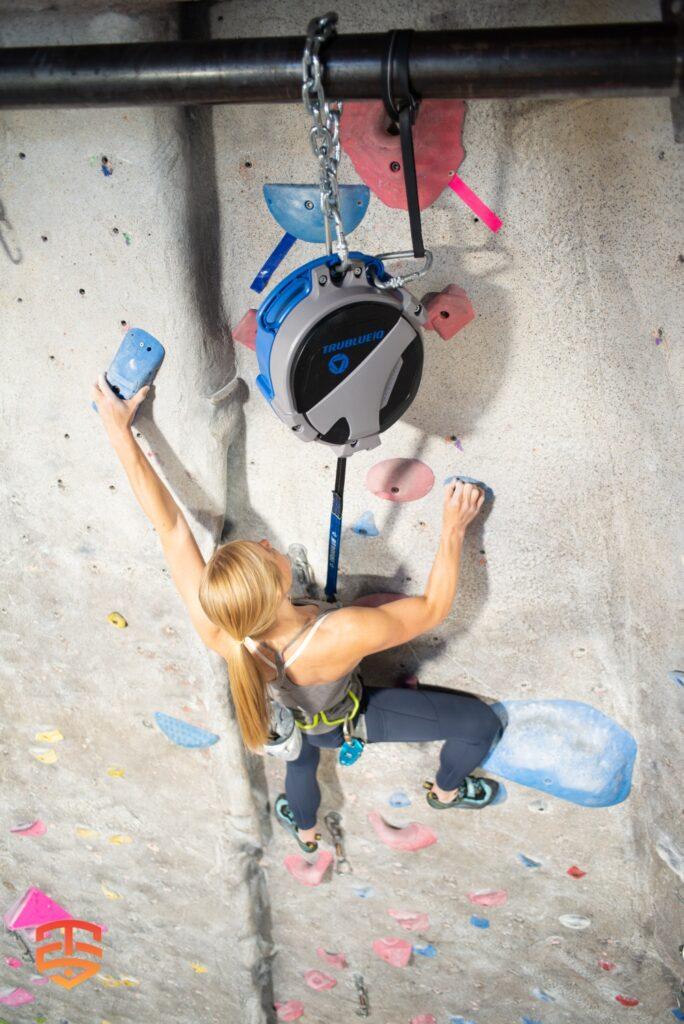
Vertical Auto Belay systems
Grow your climbing community by providing more access to more routes for more climbers.
Auto Belay makes climbing simple and approachable, turning first-time users into return customers. TRUBLUE Auto Belays are engineered to minimize maintenance and are built to last. Our patented magnetic braking system, delivers the smoothest user experience, the highest level of reliability, and dramatically reduces device downtime.
Dive Deeper: Exploring Auto Belay Technology with Expert Insights
Auto belays are transforming the world of indoor climbing, offering convenience and safety for climbers of all levels. But how exactly do they work, and what are the key considerations for using them? To learn more about the intricacies of auto belay technology and gain valuable insights from experts in the field, check out our additional resources below…
- Comparison of Auto Belay’s: what’s new in the TRUBLUE iQ series
- Using Technology to Make Your Climbing Gym Accessible and Inclusive
- A Closer Look at the Auto Belay System
- Next Generation Auto Belay – TRUBLUE iQ
- Every modern climbing gym should have these 5 features
- Everything You Need to Know about Buying Auto Belays
- Increase Revenue and Customer Satisfaction at Family Entertainment Centers
- Catch-and-Hold: What is it and how does it work?
- Leading the Way in profitable and safe climbing
- Why Family Entertainment Centers Trust TRUBLUE Auto Belays
- Creating Value for Customers by Using an Auto Belay
- TRUBLUE iQ+ World’s first catch-and-hold auto belay
- Drive Revenue and Customer Satisfaction with Auto Belays
- 7 Ways Magnetic Braking Is Better Than Friction
- No Belayer Necessary: Understanding Auto belays
- Competitive Advantage of an Auto Belay
- ROI at Climbing Walls and Family Entertainment Centers
- Auto-Belay and hands-free climbing challenges
- Why using Auto Belays Boosts your Business
- The Science of Eddy Current Magnetic Braking
-
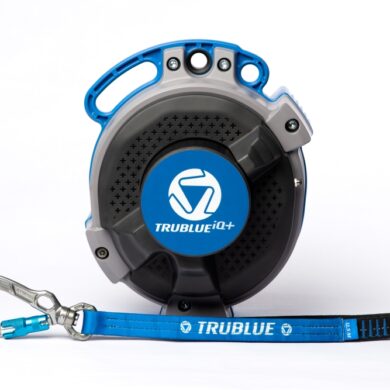 TRUBLUE iQ+ | Catch & Hold Auto Belay€ 4.399,00 – € 4.759,00 Ex VAT
TRUBLUE iQ+ | Catch & Hold Auto Belay€ 4.399,00 – € 4.759,00 Ex VAT -
 TRUBLUE SPEED Auto Belay | 7,5 – 16 meter€ 2.799,00 – € 3.059,00 Ex VAT
TRUBLUE SPEED Auto Belay | 7,5 – 16 meter€ 2.799,00 – € 3.059,00 Ex VAT -
 TRUBLUE iQ Auto Belay | 4,5 – 20 meter€ 2.799,00 – € 3.159,00 Ex VAT
TRUBLUE iQ Auto Belay | 4,5 – 20 meter€ 2.799,00 – € 3.159,00 Ex VAT







